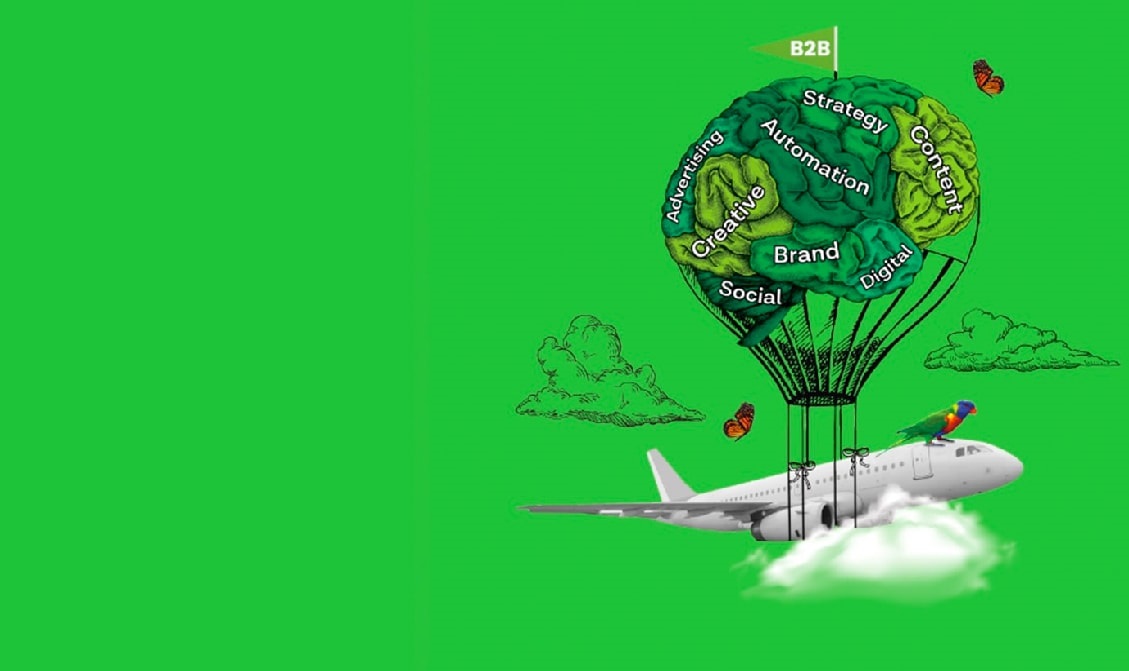How to take your CEO on the journey to build best-in-class marketing
We have been helping clients with B2B marketing automation since 2008. Our first program was with IBM (a learning curve for us all) and it’s fair to say that the programs we are developing today are very different from those developed back then.
One thing we have learnt – as digital marketing evolves, marketers do not have a choice when it comes to B2B marketing automation. The question is not “Will I automate?” but ‘When will I automate?’
The rationale is this:
- The balance of power between the B2B buyer and seller has significantly shifted to the buyer. What does this mean? Information is power and the B2B buyer now has much of the information they need online to make a preliminary decision as to who they will buy from.
- This indicates that the seller needs to have compelling content published online in order to attract the buyer.
- The online B2B buyer can be found through a variety of digital channels such as search, display ads, social media, websites and online community forums. They also respond digitally via email, online events and other digital offers.
- I’m going to state the obvious: this means a lot of digital data! (I’m not going to quote some astronomic statistic about the growth of internet data this year… we all get it). However, clearly some of this data is very useful in understanding your buyer to discover who they are, what they want and what their propensity to buy is.
- Finally – you’ve probably heard the saying ’trying to drink from a fire hose’. B2B marketers are being flooded with data that requires filtration, segmentation, scoring and routing.
Enter *drum roll* … marketing automation!
This is the panacea technology platform that will turn all of the digital and inbound data into meaningful information for conversion into MQLs and revenue.
Well… not quite.
The key problem is that there are planning and process re-engineering that needs to happen in order for the marketing automation platform (MAP) to deliver ROI. Lead nurture streams that are always on need to be set up, content needs to be personalised and distributed automatically and lead management flows need to be established – to name a few considerations.
I can’t recall the number of times I’ve heard B2B marketers say, “We have XXX marketing automation platform but we’re actually using it to send email.” That is, ‘email marketing on steroids’ with a pretty high price tag.
Carlos Hidalgo from Annuitas refers to a CMO comment in his new B2B book, Driving Demand: “I’ve got two Ferrari’s in the garage … Salesforce.com for CRM and Marketo for Marketing Automation, but we have to get consultants in to show us how to drive them.” Which is code for: we don’t know how!
MAP vendors do a pretty good job of selling two things:
- The power of the platform and;
- How easy it is to set up
So what’s the problem?
The reality is that all the marketer then does is set up start-stop email campaigns to support traditional activities they have been doing for years. For example, they use the MAP to support event invitations and communications, or they use the MAP for triggered email follow-ups to web leads or display advertising responses.
Over the last two years, we have been called into many scenarios where automation has been under-performing for the business. The kick-off CMO line is something like: “We have had automation for 1-2 years, we are using it for email marketing, we are not getting the ROI but I feel that stopping it would be a retrograde move, especially given market adoption is growing.”
One positive is that, according to the 2015 Green Hat/ADMA B2B Marketing Outlook Report, nearly two-thirds of ‘automated marketers’ are at least connecting their MAP to their CRM. A key foundation piece!
With respect to resourcing marketing automation internally, there is usually one of two scenarios.
Firstly, the campaign managers are trained to use the MAP – but rarely have the time to capitalise on its full capabilities (they’re very busy people!). And secondly, the company hires someone called the ‘Marketing Automation Manager’ or ‘Demand Generation Manager’ who can extract more tactically from the system but is generally not the person to actualise the strategic benefit of automation.
The root cause of the problem is the absence of a strategic plan that addresses (a) where they are now, (b) where they want to be, and (c) how to get there. The marketer has usually been over-sold on tactical features and under-advised on strategic execution.
The marketer should go through five planning steps prior to selecting their automation platform – or if they have one already – use these steps to help determine if their MAP is right for them. We refer to the resultant plan as the ‘B2B Lifecycle Marketing & Automation Blueprint’.
B2B lifecycle marketing & automation blueprint
- Customer – define segments, personas, customer journeys and buying triggers
- Content – map content to align with the customer journey
- Communications – define communications channels and 1-to-1 nurture streams
- Process & Integration – define process, flows, scoring, routing and sales & marketing alignment
- Performance – define KPIs and metrics (using industry benchmarks)
This blueprint becomes a ‘functional specification’ for selecting the final stage – the Marketing Automation Platform. Hence, we call the methodology 3C3P!
I hope there is a clear takeaway here – build your automated program strategy before diving into the technology. All is not lost if you have invested without a clear plan already, but I’d suggest the time to get one is now. Otherwise, you’ll probably get very good at campaign-based email marketing but fall short in realising the full potential of B2B marketing automation and ROI.
The data in this article refer to the 2015 B2B Report. Download your complimentary copy of the latest B2B Marketing Research Report.
.png)
 Marketing Automation
Marketing Automation Strategy
Strategy






